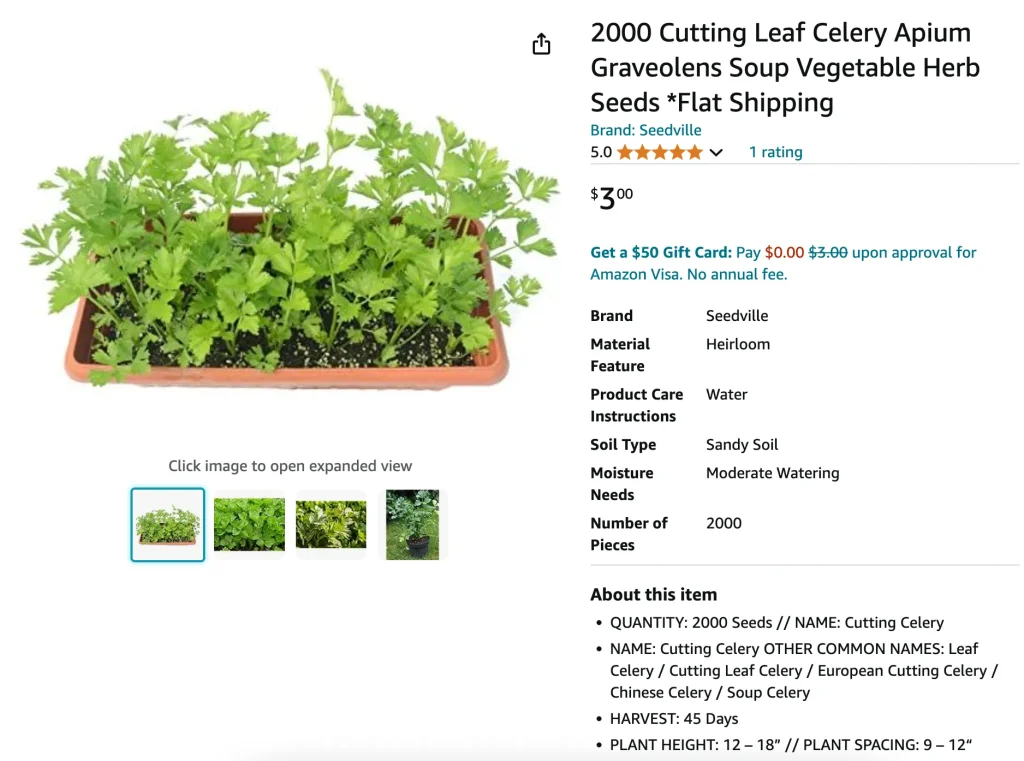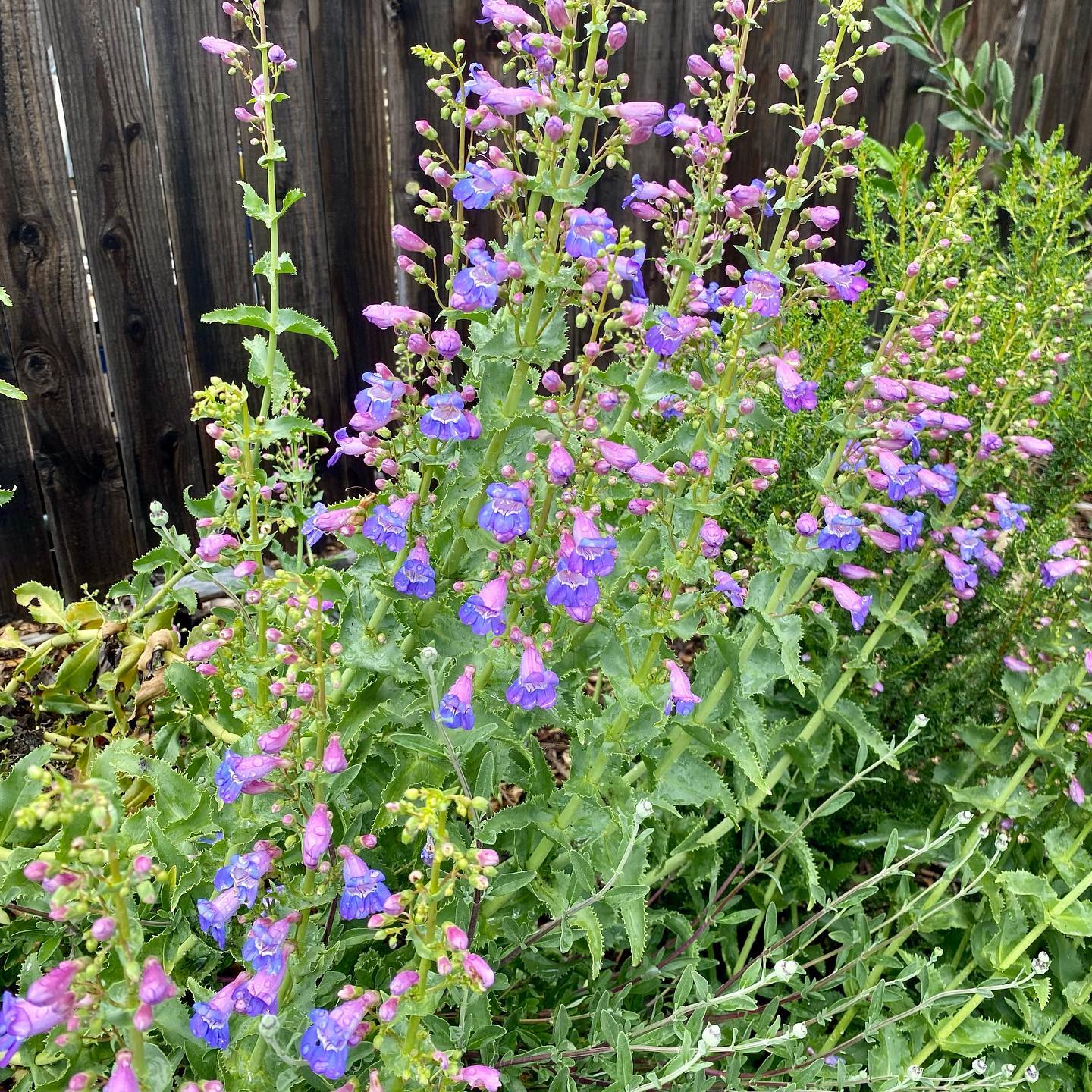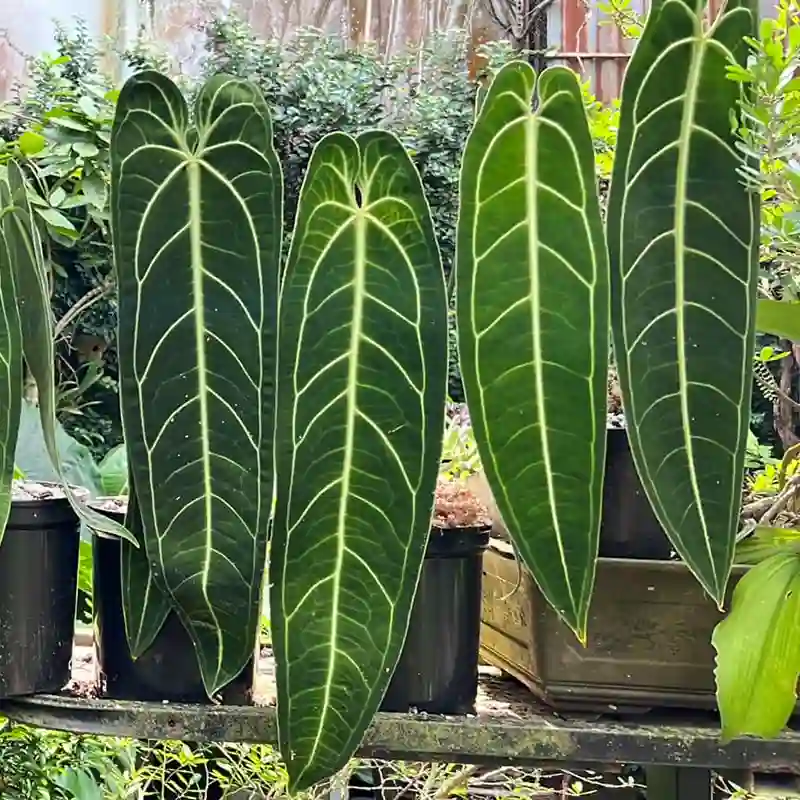
FAQs About Apium Graveolens
If you’ve ever grown or even encountered Apium Graveolens, you probably know it as celery. This humble plant, with its crisp stalks and aromatic leaves, is a favorite in both gardens and kitchens. Over the years, I’ve gotten a lot of questions about Apium Graveolens, especially from new growers and people curious about its various uses. So, I’ve decided to put together some FAQs to help clarify how to grow, care for, and understand this versatile plant.
12 Species in Genus Apium
What is Apium Graveolens?
Apium Graveolens is the botanical name for celery, a biennial plant that belongs to the Apiaceae family. It’s grown primarily for its crunchy stalks, but the leaves and seeds are also widely used in cooking and medicinal purposes. Celery is packed with nutrients like vitamins K, A, and C, as well as antioxidants and fiber. You can find it in two forms: leaf celery, which is mainly used for its flavorful leaves, and stalk celery, commonly eaten raw or cooked.
How to Grow Apium Graveolens?
If you’re thinking of growing Apium Graveolens in your garden, you’ll need to consider a few things. Celery thrives in cool, mild climates, so I usually recommend starting seeds indoors about 10 to 12 weeks before the last frost in your area. Here’s a breakdown of how I’ve had success growing celery:
- Start seeds indoors: Use a seed tray with moist, nutrient-rich soil. Keep the seeds under grow lights and make sure they stay warm.
- Transplant to the garden: Once the seedlings are about 4-6 inches tall and all danger of frost has passed, they’re ready to go outside. I like to plant them in full sun, spaced about 10 inches apart.
- Maintain moisture: Celery is a thirsty plant, so regular watering is a must. Mulching helps retain moisture in the soil.
- Fertilize regularly: A well-balanced fertilizer high in nitrogen will encourage healthy stalk growth.
- Harvesting: After about 85-120 days, depending on the variety, you’ll be able to harvest your celery. You can either cut the whole plant or pick individual stalks as needed.
Does Apium Graveolens Interfere With Levothyroxine?
One of the most common concerns I’ve encountered relates to potential interactions between Apium Graveolens and levothyroxine, a medication used to treat hypothyroidism. While celery itself is not known to have a significant impact on levothyroxine, it’s always best to consult a doctor. There’s limited research, but certain foods high in fiber or with strong diuretic effects can theoretically interfere with the absorption of thyroid medications. Since celery is often considered a diuretic, it’s wise to space out when you consume it and when you take levothyroxine.
Does Apium Graveolens Seed Interfere With Levothyroxine?
Similarly, the seeds of Apium Graveolens are sometimes questioned for their impact on levothyroxine. Celery seeds are often used as a spice or for medicinal purposes due to their potential anti-inflammatory properties. As with the celery plant itself, I’d suggest discussing any herbal supplements, including celery seed, with your healthcare provider if you’re on levothyroxine. There’s no strong evidence showing a direct interference, but it’s always better to be cautious, especially with medications.
How to Care for Apium Graveolens?
Caring for celery isn’t too challenging once it’s in the ground, but there are a few tricks I’ve picked up over the years. Celery likes consistent moisture, so I’ve found that drip irrigation works well to keep the soil evenly moist without over-saturating it. Mulching around the base also helps reduce water evaporation and keeps the soil cooler during hotter days.
Celery also benefits from frequent feeding. I like to use a liquid fertilizer every 2-3 weeks during the growing season. Keep an eye out for pests like aphids and slugs; they tend to love celery as much as we do.
How to Propagate Apium Graveolens?
If you want to grow more Apium Graveolens, propagation is usually done through seeds. However, you can also regrow celery from the base of the stalks. I’ve had great success cutting off the base of a celery bunch, placing it in a shallow dish of water, and letting it sprout new leaves. Once roots develop, you can plant it back into the garden.
Can You Grow Apium Graveolens Indoors?
Yes, you can grow celery indoors, but it does require a bit of care. You’ll need a sunny spot, like a south-facing window, or you can use grow lights to simulate the necessary light. The key is to maintain a cool, consistent temperature (ideally between 60-70°F). Keep the soil moist, but not waterlogged, and ensure good drainage to avoid root rot. Growing celery indoors is a great way to enjoy fresh, homegrown stalks year-round.
Is Apium Graveolens Toxic?
Thankfully, Apium Graveolens is not considered toxic to humans or most pets. However, some people may experience an allergic reaction to celery, particularly if they have celery pollen allergies. Additionally, the seeds should be used cautiously, as consuming them in large quantities may have adverse effects, including lowering blood pressure too much or leading to diuretic issues.
Benefits of Apium Graveolens
There’s a lot to love about Apium Graveolens. Nutritionally, it’s packed with vitamins, minerals, and antioxidants that support overall health. Celery is also low in calories and high in fiber, making it great for weight management. Some studies suggest that celery has anti-inflammatory properties and may help lower blood pressure. The seeds are also used in traditional medicine for their potential diuretic and anti-inflammatory effects.
Common Problems with Growing Apium Graveolens
Celery is prone to a few issues, especially when grown in improper conditions. The most common problem I’ve faced is bolting, where the plant goes to seed prematurely due to heat stress. To avoid this, I make sure to plant celery early in the season and keep it cool with consistent watering and mulch. Celery can also suffer from nutrient deficiencies, especially if the soil isn’t rich enough. Yellowing leaves might indicate a nitrogen shortage, which is easily fixed with a balanced fertilizer.
Comparing Apium Graveolens with Other Similar Plants
Apium Graveolens can often be confused with lovage (Levisticum Officinale), which has a similar appearance but a much stronger flavor. Lovage is more commonly used as an herb, whereas celery is grown for its stalks. Both belong to the same family, but they serve different purposes in cooking and gardening.
Growing and enjoying Apium Graveolens is incredibly rewarding. Whether you’re new to gardening or a seasoned pro, adding celery to your garden or indoor space is worth it!
If i die, water my plants!



